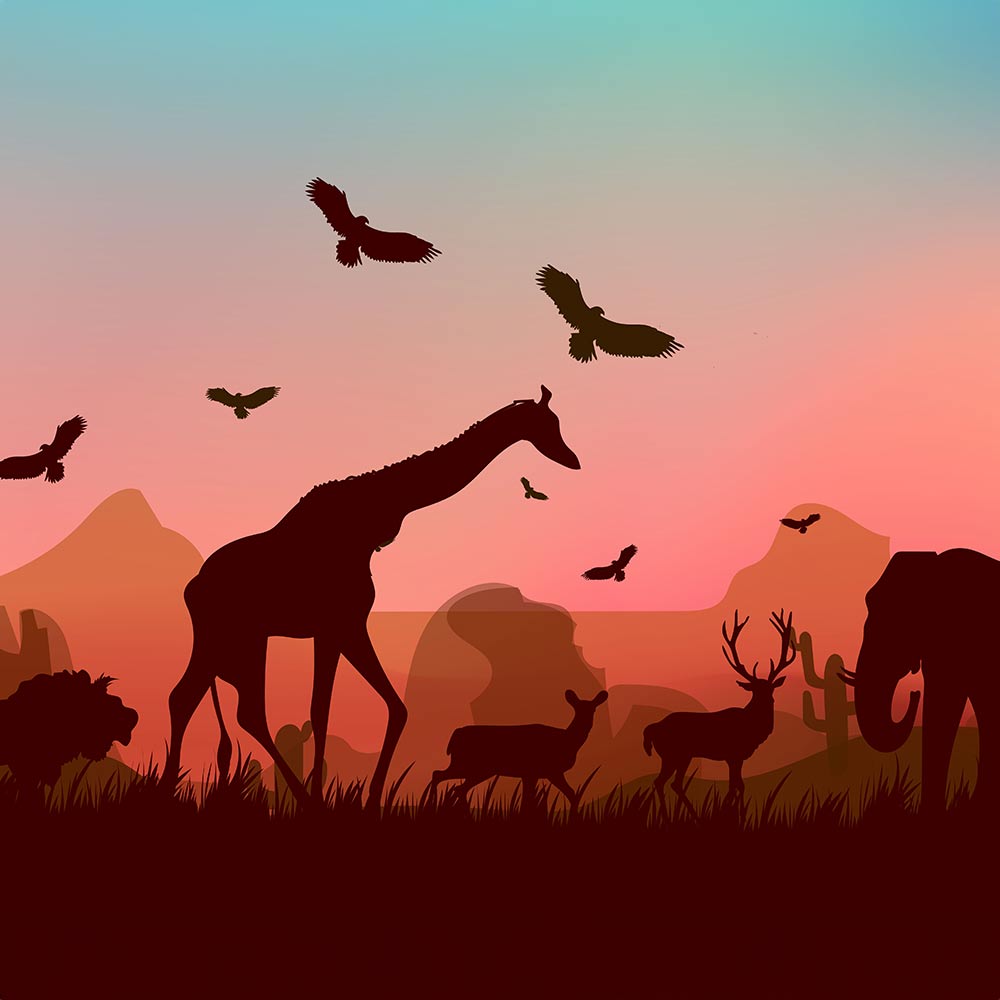Nanotextures solve a historic problem
Nanotexturing that prevents scale forming on the inside of pipes can reduce plant maintenance costs significantly
5 examples, from bioacoustics to eDNA and drones, showing how technology can help us conserve biodiversity
When discussing biodiversity, a powerful example often cited is the reintroduction of wolves in Yellowstone, which changed the course of the park's rivers. This species was brought back to the U.S. national park in 1995, and soon after, the new predators reduced the deer population, allowing vegetation—especially aspens and willows—to recover. This, in turn, improved habitats for other species like beavers and birds, even altering river courses. This phenomenon is known as a "trophic cascade," where the removal or addition of a species leads to unpredictable changes in an ecosystem. But how can we preserve biodiversity in the face of climate change and protect endangered species? Can technology help us in this effort?
Before exploring the technologies that can help conserve species, it's crucial to understand the main causes of biodiversity loss. According to UN data, one in eight species of flora and fauna worldwide is at risk of extinction due to four key factors:

In addition to transitioning to renewable energy, creating protected areas, and implementing similar conservation measures, technology offers valuable tools to support this mission. Here are five recent examples:
1. Genetic monitoring (eDNA). Environmental DNA (eDNA) technology has transformed how scientists monitor biodiversity. By detecting species through DNA traces left in the environment, such as in water or soil, it allows for the identification of rare or elusive species without invasive methods.
Example: Scientists at ETH Zurich in Switzerland are using drones equipped with adhesive to collect eDNA from tree branches.
2. Camera traps and drones. Camera traps equipped with motion and infrared sensors, along with drones carrying advanced cameras, enable the remote monitoring of wildlife and their habitats. These technologies can function in extreme conditions and transmit images in real time.
Example: The Australian Wildlife Conservancy used camera traps to capture footage of a rare Australian marsupial for the first time in history.
3. LiDaR for forest mapping. LiDAR (Light Detection and Ranging) uses laser pulses emitted from aircraft or drones to map vegetation in high resolution. This technology helps scientists measure changes in forest ecosystems accurately and efficiently.
Example: In Indonesia, LiDAR has been used to assess the impact of logging in tropical forests.
4. Bioacoustics. Bioacoustics uses recording devices to capture the sounds of natural ecosystems. These sounds, from birdsong to frog croaks, are analyzed by AI to assess the health and biodiversity of ecosystems.
Example: Bioacoustics has been used to monitor the coquí llanero, a frog native to Puerto Rico's dry savannah, over a ten-year period. The ongoing use of this technology is providing researchers with insights into the area's biodiversity trends.
5. High-tech maps and big data. Advanced mapping technologies combine satellite imagery, sensor data, and data modeling to monitor vegetation and ecosystem changes on large scales. These platforms allow ecologists to observe forest loss in real time and respond more swiftly to threats.
Example: This technology extends beyond forests, as the Commonwealth Scientific and Industrial Research Organisation (CSIRO) uses water quality sensors and satellite imagery to assess the health of the Great Barrier Reef in Australia.
To learn more about how technological advances can aid in conserving biodiversity, we recommend reading this article on the use of artificial intelligence and big data in preventing wildfires, one of the greatest environmental threats. And, of course, we encourage you to get involved in volunteer activities that contribute to the regeneration of natural ecosystems.
Fuentes:
All fields are mandatory.
Read the most discussed articles
{{CommentsCount}} Comments
Currently no one has commented on the news.
Be the first to leave a comment.
{{firstLevelComment.Name}}
{{firstLevelComment.DaysAgo}} days ago
{{firstLevelComment.Text}}
Answer{{secondLevelComment.Name}}
{{secondLevelComment.DaysAgo}} days ago
{{secondLevelComment.Text}}